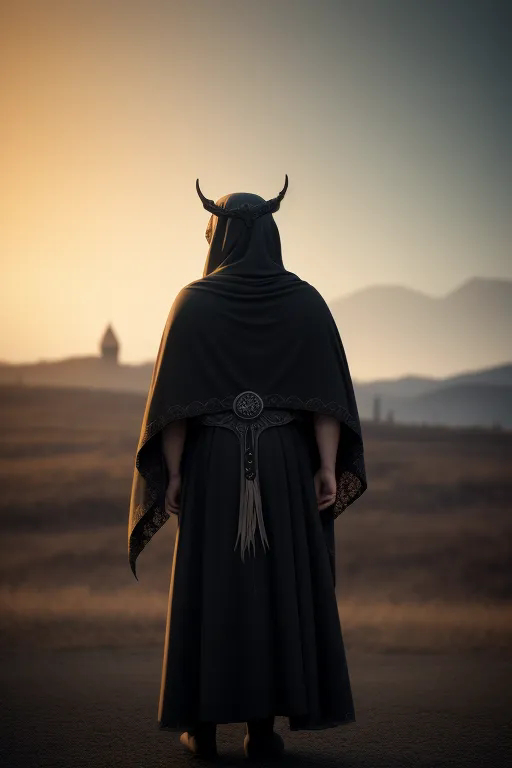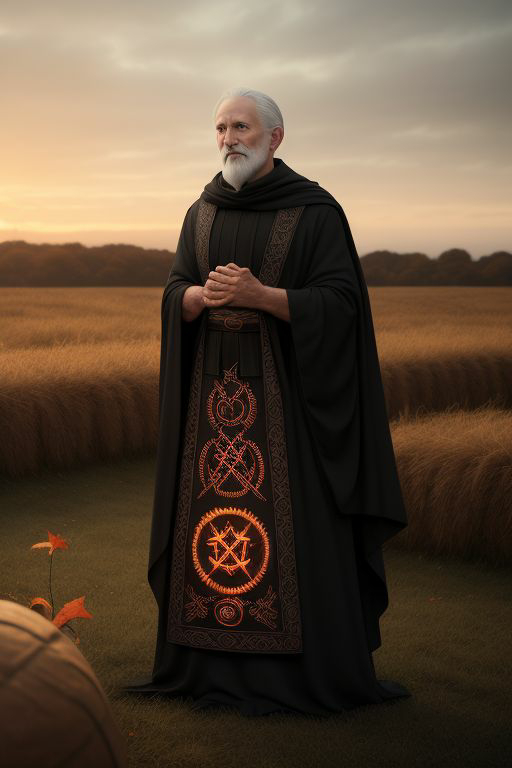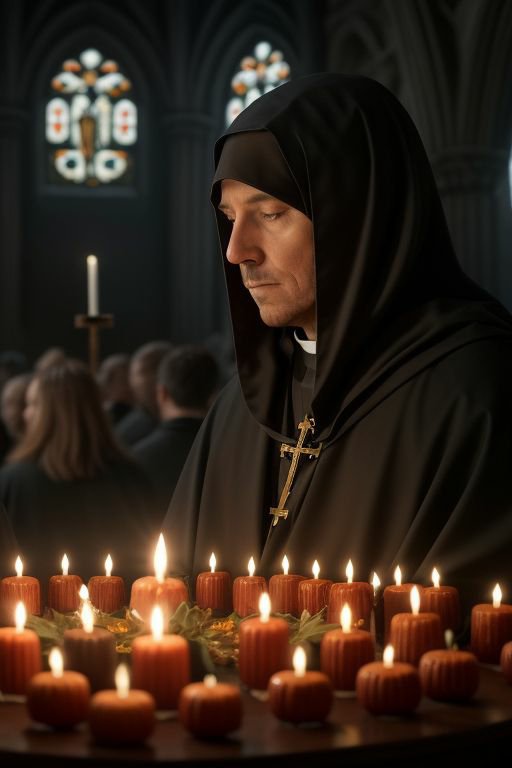The History of the Pagan Samhain Sabbat
Most folks know Samhain as Halloween, but for many modern Pagans, Samhain is considered a Sabbat to honor the ancestors who came before us, marking the dark time of the year. It's an excellent time to contact the Spirit world with a seance because it's the time when the veil between this world and the next is at its thinnest.
The timing of contemporary Samhain celebrations varies according to spiritual tradition and geography. Many celebrate Samhain over the course of several days and nights, and these extended observances usually include a series of solo rites as well as ceremonies, feasts, and gatherings with family, friends, and Spiritual community. In the northern hemisphere, many Pagans celebrate Samhain from sundown on October 31 through November 1. Others hold Samhain celebrations on the nearest weekend or on the Full or New Moon closest to this time. Some Pagans observe Samhain a bit later, or near November 6, to coincide more closely with the astronomical midpoint between Fall Equinox and Winter Solstice.
Myths and Misconceptions
Contrary to a popular Internet-based rumor, Samhain was not the name of some ancient Celtic God of Death, or of anything else, for that matter. Religious scholars agree that the word Samhain (pronounced "sow-en") comes from the Gaelic “Samhuin,” but they’re divided on whether it means the end or beginning of Summer. After all, when Summer is ending here on Earth, it’s just beginning in the Underworld. Samhain refers to the daylight portion of the holiday, on November 1st.
All Hallow Mass
Around the eighth century or so, the Catholic Church decided to use November 1st as All Saints Day. All Saints’ became the festival to honor any saint who didn’t already have a day of his or her own. The mass which was said on All Saints’ was called Allhallowmas, the mass of all those who are hallowed. The night before naturally became known as All Hallows Eve, and eventually morphed into what is called Halloween.
The Witches' New Year
Sunset on Samhain is the beginning of the Celtic New Year. The old year has passed, the harvest has been gathered, cattle and sheep have been brought in from the fields, and the leaves have fallen from the trees. The Earth slowly begins to die around us.
This is a good time for us to look at wrapping up the old and preparing for the new in our lives. Think about the things you did in the last twelve months. Have you left anything unresolved? If so, now is the time to wrap things up. Once you’ve gotten all that unfinished stuff cleared away, and out of your life, then you can begin looking towards the next year.
Honoring the Ancestors
For some Pagans, Samhain is when we honor our ancestors who came before us. This is the perfect night to celebrate their memory. If we’re fortunate, they will return to communicate with us from beyond the veil and offer advice, protection, and guidance for the upcoming year.
If you want to celebrate Samhain in the Celtic tradition, spread the festivities out over three consecutive days. You can hold a ritual and feast each night.
Samhain Rituals
Try one, or all, of these rituals to celebrate Samhain and welcome the new year.
- Celebrating the End of the Harvest
- Honoring the Ancestors
- Hold a Seance at Samhain
- Host a Dumb Supper
- Honor the God and Goddess at Samhain
- Celebrating the Cycle of Life and Death
- Ancestor Meditation
Halloween Traditions
Even if you're celebrating Samhain as a Pagan holiday, you may want to read up on some of the traditions of the secular celebration of Halloween. After all, this is the season of black cats, jack o'lanterns, and trick or treating!
And if you're worried that somehow you shouldn't celebrate Halloween because it's somehow disrespectful to your Pagan belief system, don't worry, it's entirely up to you, and you can observe if you like, or not! Go ahead and decorate to your heart's content; you're even allowed to have silly green-skinned witch decorations.







Comments
Post a Comment